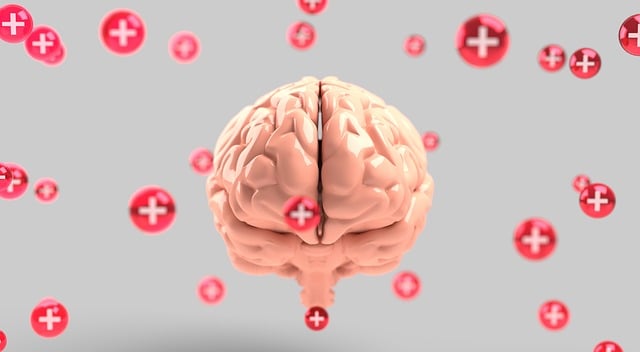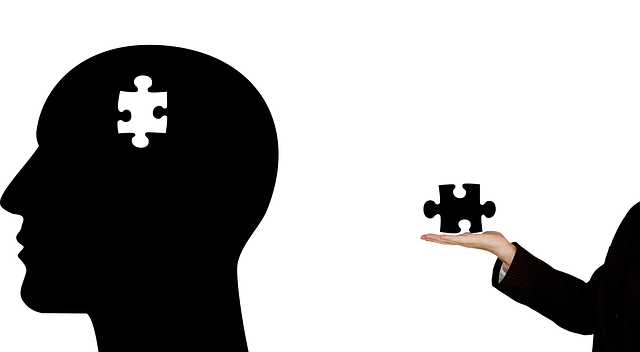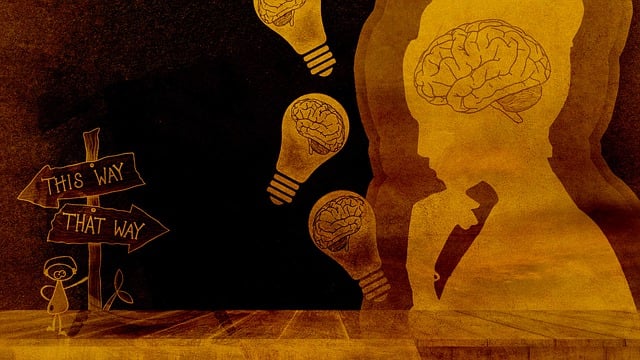Mental wellness self-assessment tools, integrated with Eye Movement Desensitization and Reprocessing (EMDR) techniques, are powerful resources for individuals seeking therapy for EMDR. These tools empower users through convenient emotional well-being assessments, breaking stigma and fostering mental health awareness. By combining EMDR with mindfulness, they offer insights into mental wellness while enabling active healing participation. Effective therapy for EMDR requires therapists with specialized training in EMDR protocols, open communication, self-awareness exercises, and positive thinking, continually updated through case reviews and research.
Mental wellness self-assessment tools play a pivotal role in empowering individuals to take charge of their mental health. This article explores the development of such tools, with a specific focus on integrating Eye Movement Desensitization and Reprocessing (EMDR) techniques. We delve into the benefits of EMDR therapy for self-assessments, covering its effectiveness, implementation, and continuous improvement strategies. By understanding these aspects, mental health professionals can create comprehensive and impactful therapy solutions for their clients.
- Understanding Mental Wellness Self-Assessment: The Need and Benefits
- Integrating EMDR (Eye Movement Desensitization and Reprocessing) Techniques into Self-Assessments
- Developing Effective Therapy for EMDR: Tools, Implementation, and Continuous Improvement
Understanding Mental Wellness Self-Assessment: The Need and Benefits

Mental wellness self-assessment tools play a pivotal role in empowering individuals to take charge of their mental health and seek appropriate support. In today’s fast-paced world, where stress and anxiety are prevalent, such tools offer a convenient and accessible way to assess one’s emotional well-being. These assessments can be life-saving, especially for those who might not readily seek professional help or are hesitant to initiate therapy for EMDR (Eye Movement Desensitization and Reprocessing). By providing an initial glimpse into potential mental health concerns, self-assessments encourage proactive measures and facilitate earlier interventions.
The benefits of mental wellness self-assessment extend beyond individual growth; they also contribute to a broader understanding of mental health within communities. This data can guide healthcare provider cultural competency training, ensuring that services are tailored to diverse populations. Moreover, it fosters Mental Health Awareness by breaking down stigma and encouraging open conversations around emotional well-being. Incorporating Mind Over Matter principles into these assessments can empower people to cultivate resilience and take proactive steps towards a happier, healthier life.
Integrating EMDR (Eye Movement Desensitization and Reprocessing) Techniques into Self-Assessments

Integrating EMDR (Eye Movement Desensitization and Reprocessing) techniques into mental wellness self-assessment tools offers a promising avenue for enhancing therapeutic outcomes. EMDR therapy, recognized as an effective treatment for post-traumatic stress disorder (PTSD), has gained prominence in the field of psychology. This innovative approach taps into the brain’s natural healing process by encouraging bilateral stimulation—often through side-to-side eye movements—while the individual recalls traumatic memories or distressing events.
By incorporating EMDR techniques, self-assessment tools can facilitate a deeper exploration of emotions and memories, providing individuals with valuable insights into their mental wellness. This integration can be particularly beneficial for those seeking therapy for EMDR, as it enables them to actively participate in their healing process. Moreover, mindfulness meditation techniques, when paired with EMDR, can enhance the overall effectiveness of self-assessment tools, fostering a more holistic approach to mental wellness coaching programs development and crisis intervention guidance.
Developing Effective Therapy for EMDR: Tools, Implementation, and Continuous Improvement

Developing effective therapy for EMDR (Eye Movement Desensitization and Reprocessing) involves a multifaceted approach that combines specialized tools with continuous improvement strategies. The process begins with thorough training in EMDR protocols, ensuring therapists are adept at guiding clients through the eight phases of treatment. This includes mastering techniques like bilateral stimulation, where eye movements or other forms of dual-stimuli help process traumatic memories and associated emotions.
Implementing these tools requires a supportive environment that encourages open communication between therapist and client. Regular self-awareness exercises and positive thinking practices can enhance the therapeutic process, fostering deeper insights and promoting mental wellness. Continuous improvement is paramount; therapists must regularly review cases, participate in supervision sessions, and stay updated with the latest research to refine their EMDR skills and ensure optimal outcomes for their clients.
Mental wellness self-assessment tools play a pivotal role in empowering individuals to take charge of their mental health. By integrating techniques like Eye Movement Desensitization and Reprocessing (EMDR), these assessments offer a comprehensive approach to understanding and improving emotional well-being. As discussed, EMDR therapy for mental health issues has proven effective, providing a structured framework for self-reflection and healing. Continuous development and improvement in this area are essential to ensuring that individuals have access to the most up-to-date and beneficial tools for their mental wellness journeys.











